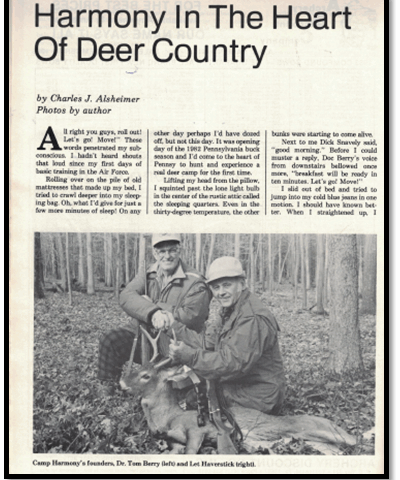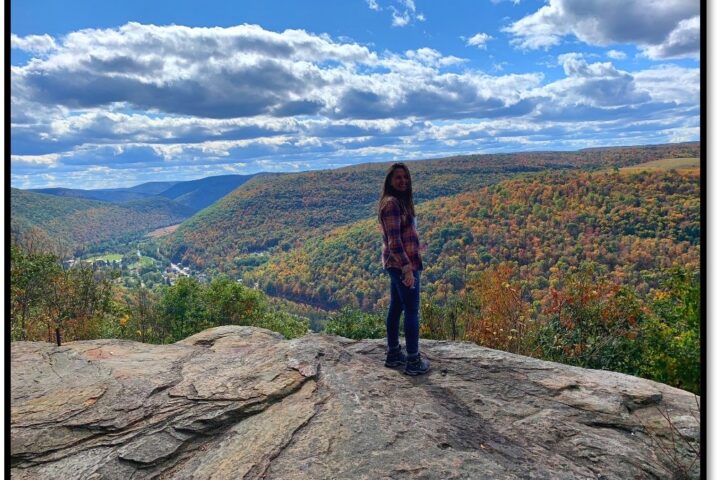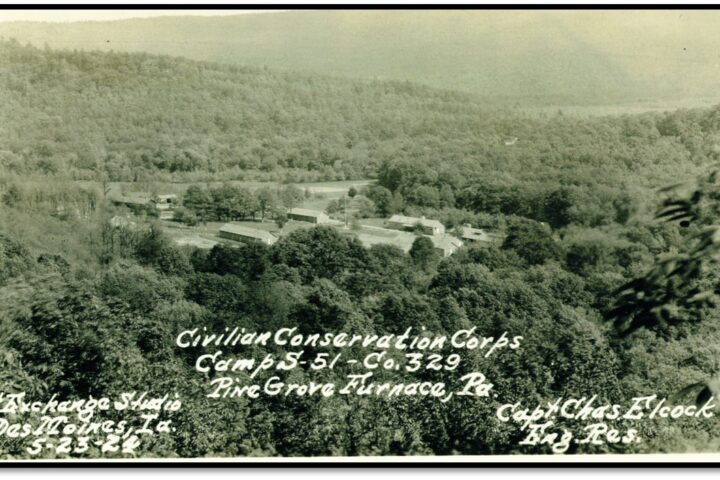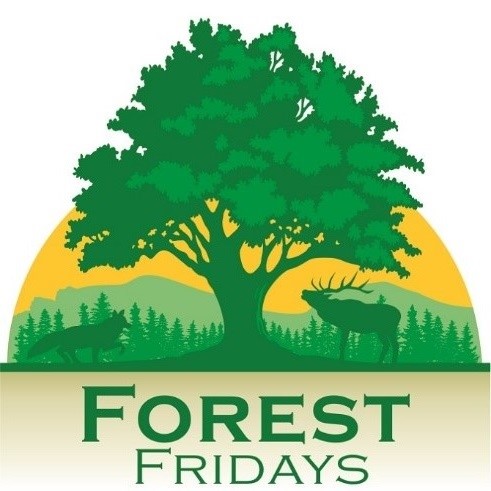
by Ryan Reed
Pennsylvania’s natural heritage is deeply rooted in its tremendous ability to grow things like trees and crops. Blessed with deep soils, abundant wildlife, and biodiverse landscapes; forestry, agriculture, and outdoor recreation quite naturally form an economic backbone for the Keystone State to the tune of over $100 billion, annually.
Forested and agricultural areas also imbue our state with a keen sense of charm, and that’s worth something too. Some would argue this rural feel and way of life is every bit or more an asset as any built environment in the state.
It’s clear these things are important to Pennsylvanians, but I think we could do a better job teaching our kids about these subjects. Some would cite a lack of opportunity, and maybe that is true, but one great program in which our schools can participate and compete is the PA Envirothon.
Every year, nearly all our state’s 67 counties send teams to compete at the statewide event, testing their knowledge on wildlife, aquatics, agriculture, and forestry. Competing teams at the state level must first win their county to compete at the state competition. Interestingly, several top performers come from the not-so-rural parts of the state.
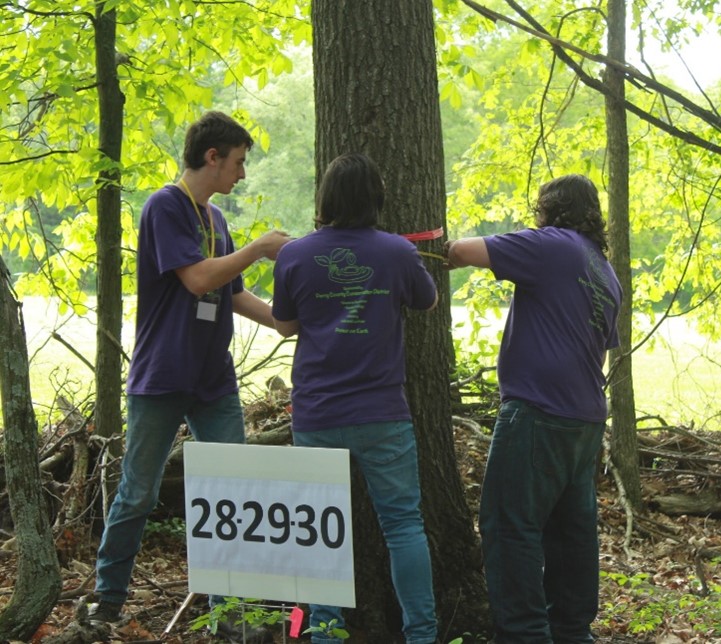
PA Envirothon students in action. Photo provided by Bureau of Forestry, DCNR.
County exams will be taken soon in the spring and advancing teams will face off at the statewide event in May. Teams can win thousands of dollars in scholarships and nice prizes like field guides and wildlife prints. It’s a great opportunity for these kids to show their knowledge and be rewarded for their achievements.
If your kids love learning about our natural resources but do not have an Envirothon program in their school, please contact the school administration or science department and ask them to inquire about this great program.
To learn more about the PA Envirothon, please look here: Pennsylvania Envirothon – Educating high school students in natural resource and environmental sciences (envirothonpa.org).
Forest Fridays are published weekly by the Bureau of Forestry, Pennsylvania Department of Conservation and Natural Resources.


